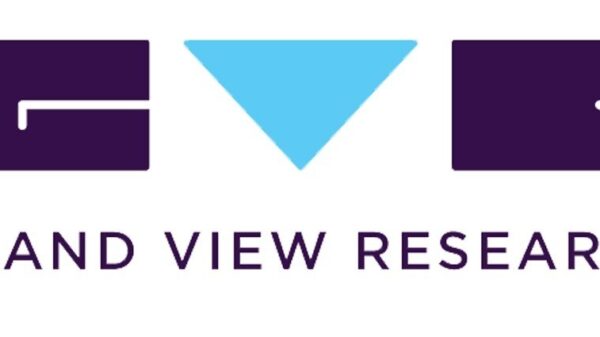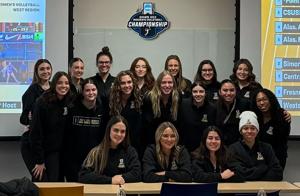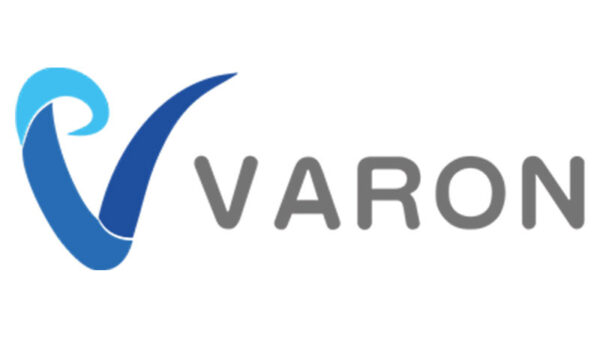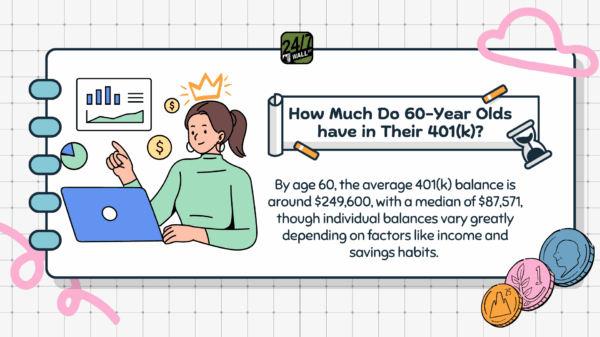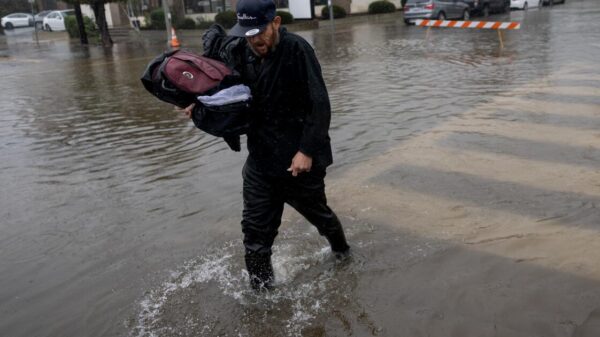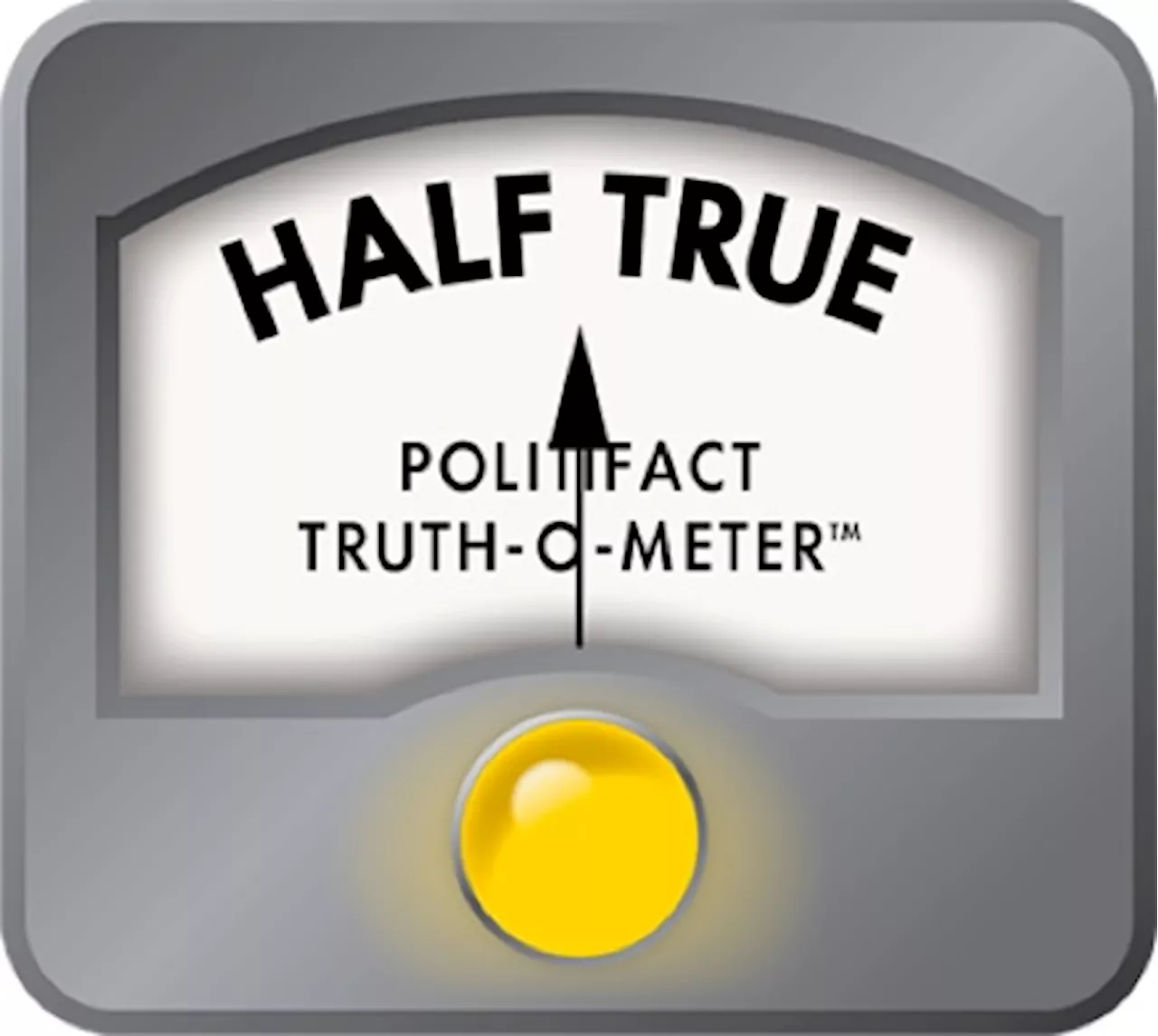Nursing graduate students may soon face significant financial hurdles due to new federal loan limits that do not classify their degrees as “professional.” This decision, stemming from a change implemented under the Trump administration, has generated widespread concern among nursing advocates who argue that it could jeopardize the future of patient care.
In 2024, the Department of Education proposed a definition for graduate degrees deemed “professional,” which excluded nursing from the list. This omission means that nursing students could be subjected to lower borrowing caps compared to those in other professional fields. The One Big Beautiful Bill Act aims to set new loan limits, and under these guidelines, graduate students pursuing nonprofessional degrees would be capped at borrowing $20,500 per academic year, with a total limit of $100,000. In contrast, students in professional degree programs could borrow up to $50,000 annually, with a total borrowing limit of $200,000.
The repercussions of this new financial framework are particularly alarming for aspiring nurses. According to radio host Angela Yee, the exclusion of nursing from the professional category threatens the availability of qualified practitioners in the field. “The Department of Education just removed nursing from the list of ‘professional degree’ programs under the Administration’s new loan rules—a move nurses say threatens the future of patient care,” she stated.
Advocates for nursing education assert that the decision will place an undue financial strain on students. Research led by Robert Kelchen, a professor at the University of Tennessee, Knoxville, indicates that while many nursing students currently borrow less than the proposed caps, the new limitations could dissuade prospective students from entering the profession. “That distinction did not matter because graduate and professional students largely had the exact same loan limits. Now, that distinction matters,” he explained.
The Education Department committee, responsible for defining which degrees qualify as “professional,” approved a definition that includes ten specific degrees, such as law and medicine, while excluding nursing, physical therapy, and several others. The final decision on which programs will be classified as professional is pending, but the implications are already being felt.
The American Academy of Nursing, represented by its president Debra Barksdale, emphasized the urgent need for recognition of nursing as a professional degree. Barksdale noted that a growing demand exists for master’s and doctorally-prepared nurses to fill roles in advanced practice, teaching, and research. “The current demand for master’s- and doctorally-prepared nurses for advanced practice, clinical specialties, teaching and research roles far outstrips the supply,” she said.
Many nursing students pursue advanced degrees after entering the workforce. Typically, obtaining a master’s degree in nursing takes two to three years, while a doctorate can require five to eight years. Despite the potential debt incurred, data shows that most nursing students complete their degrees with average student debt below $100,000. Of 140 advanced nursing programs evaluated, 115 reported that their graduates had median student debt below this threshold.
The changes, scheduled to take effect on July 1, 2026, will also eliminate the Grad Plus Loan program, which previously allowed graduate students to borrow funds sufficient to cover their entire program costs. This could further hinder accessibility to nursing education for future students.
While some nursing roles do not require advanced degrees, the proposed changes could dissuade students from pursuing higher education in the field, potentially exacerbating the existing workforce shortage. As the healthcare landscape continues to evolve, the need for qualified nursing professionals remains critical.
In conclusion, the reclassification of nursing and the resulting loan limits represent a significant challenge for those seeking to enter this essential profession. Advocacy efforts are likely to intensify as stakeholders rally to ensure that nursing receives the recognition and support it deserves within the educational and financial systems.

















